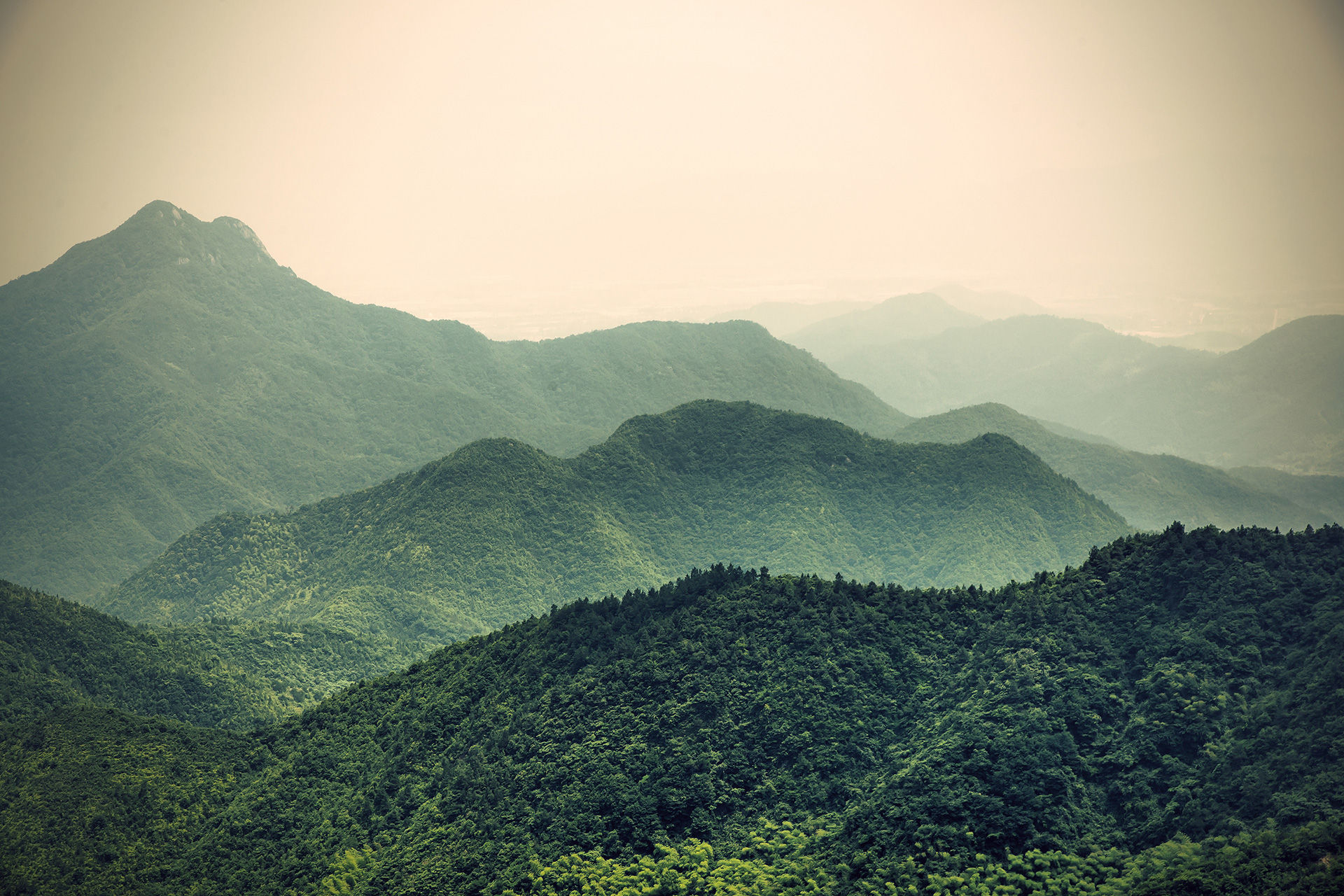Supervolcano
- Coby Coonradt

- Aug 7
- 3 min read
When the End Comes From Below
Most people worry about war, famine, or pandemics taking down society—but what if the real threat is miles beneath our feet?
In this episode of The Collapse Chronicles, we dig into the terrifying (and very real) threat of a supervolcano eruption—a scenario so massive it could plunge the planet into darkness, trigger global famine, and permanently reshape modern civilization. From Yellowstone to Campi Flegrei, this isn’t a sci-fi disaster flick. It’s a known, inevitable event on a long enough timeline.
Here’s what you need to know—and what you can do to stay alive if the sky goes black.
What Is a Supervolcano?
A supervolcano is exactly what it sounds like: a volcano on steroids. To qualify, it has to be capable of ejecting more than 1,000 cubic kilometers of material in a single eruption—about 1,000 times more than Mount St. Helens.
These aren’t cone-shaped volcanoes. They’re massive calderas, sunken basins created by collapsed magma chambers. Think Yellowstone in the U.S., Toba in Indonesia, Taupō in New Zealand, or Campi Flegrei in Italy.
An eruption of this scale would likely block out sunlight for months—or years—triggering a volcanic winter with global crop failures, climate disruptions, and long-term chaos.
How Real Is the Threat?
Super-eruptions are rare, but they are part of Earth’s natural cycle. Geological records show they’ve happened before—and they will happen again.
Yellowstone’s odds of a super-eruption are estimated at 1 in 730,000 each year. That’s not high, but it’s not zero.
Campi Flegrei has shown recent signs of unrest, including ground uplift and seismic activity.
While scientists monitor these sites 24/7, there’s no guarantee we’d get significant warning before the next blowout.
Some researchers (and even NASA) have floated ideas like drilling into magma chambers to relieve pressure—but those ideas come with massive risks and are still highly theoretical.
What Collapse Would Look Like
Let’s say the big one hits. What happens next?
Blast zone: Everything nearby is instantly vaporized—cities, forests, infrastructure, all gone.
Ashfall: Gritty, glass-like ash blankets hundreds or thousands of miles. Roads shut down. Engines fail. Roofs collapse.
Volcanic winter: Temperatures drop. Sunlight disappears. Growing seasons vanish.
Global famine: Crops fail. Livestock die. Food prices skyrocket. Panic spreads.
Mass migration: Entire regions become uninhabitable. Millions flee to safer zones.
Refugee camps & riots: Shelters overflow. Sanitation breaks down. Violence erupts.
Systemic collapse: Internet fails. Planes grounded. Medical systems break. Government control fractures.
This isn’t a storm you can ride out over the weekend. This is a multi-year crisis—or worse, a permanent shift in how the world works.
Prepper Response Plan
The good news? While you can’t stop a supervolcano, you can prepare for what happens after.
Shelter-in-Place:
Seal your home with plastic sheeting and duct tape
Stock N95 masks, goggles, HEPA filters to keep ash out of your lungs and home
Turn off HVAC systems and set up a “clean room” if possible
Long-Term Supplies:
Store years (not weeks) of food and water—crops may not return for multiple seasons
Supplement with indoor gardening (microgreens, sprouts, mushrooms) and vitamin D
Keep off-grid lighting and heating options ready—solar won’t help under a black sky
Medical & Sanitation:
Have a full first aid kit, OTC meds, and prescription refills
Keep sanitation gear on hand: gloves, wipes, trash bags, and backup toilets
Designate a single entry/exit point for contaminated clothes and ash cleanup
Vehicle & Evac Readiness:
Stock extra air filters for your vehicle
Avoid driving during ashfall unless absolutely necessary
Plan and practice evacuation routes, especially if you live near a known caldera
Mental Resilience:
Prepare for long-term isolation and psychological strain
Build community, even if it’s just your family
Have entertainment, routines, and a reason to push through
Listener Challenge
Want to know how ready you really are?
Try a 72-hour “Volcanic Winter Drill”:
No HVAC
No sunlight (black out your windows)
No electronics
Only use stored food and water
Practice ash-sealing and indoor air maintenance
Then ask:→ What failed first?→ What got annoying fast?→ Could you last 3 days… or 3 months?
Stay Ready with Our Sponsors
🧰 BattlBox – The best survival gear box on the planet.
Get 15% off your first box: survive.battlbox.com/casualpreppers
💧 LMNT – Electrolyte mix built for survival and performance.Free sample pack with any purchase: drinklmnt.com/casualpreppers
📱 ReadyPlan by M.A.D. Gear – The prepping app for real-world emergencies.
Use code CASUALPREPPERS for a discount: madgear.com/pages/readyplan
Got questions? Feedback? Just want to tell us how awesome your ash-sealing drill went?
Hit us up. And as always—#StaySurvived.






















Comments